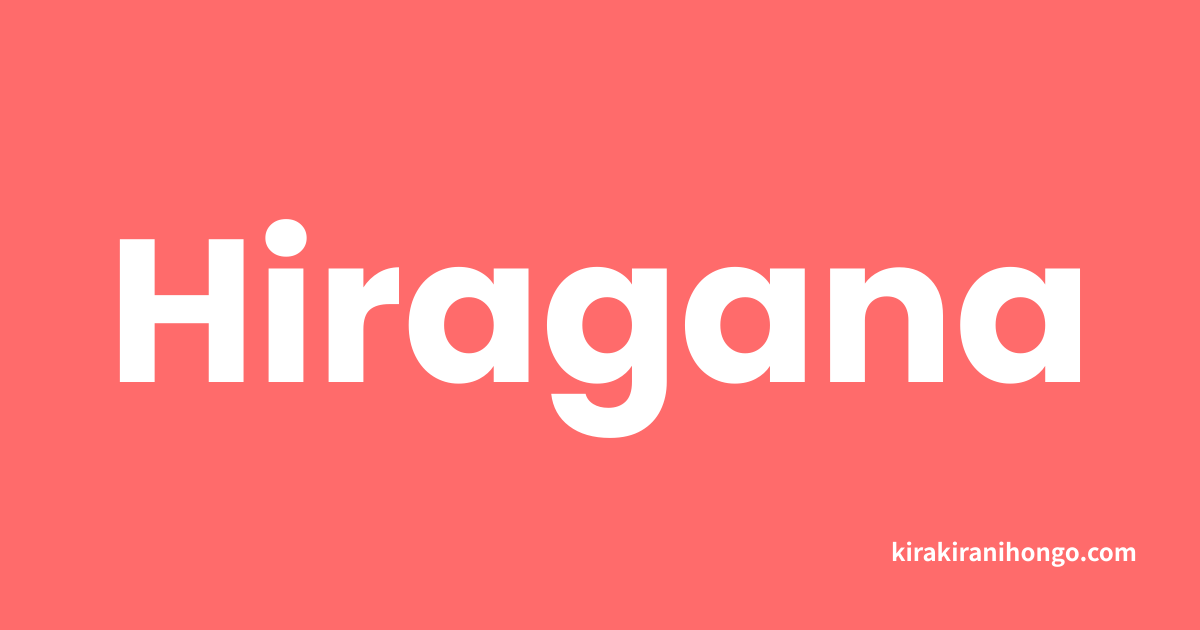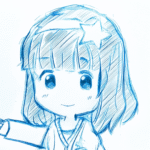Hiragana: The Key to Unlocking the Japanese Language

Introduction: Your Adventure Begins Here!
Welcome to your very first step into the beautiful world of Japanese writing! You’ve probably heard the word “Hiragana” (ひらがな), but what exactly is it?
Think of Hiragana as the “alphabet” of Japan. It’s the foundation of everything, and once you master it, you’ll suddenly be able to read a surprising amount of Japanese. It’s the key that unlocks the door to a whole new world.
In this guide, we’ll gently walk you through what Hiragana is, why it’s so important, and how it fits into the bigger picture of the Japanese writing system. Don’t worry, we’ll make it fun and simple!
Ready to Sparkle? ✨
Learning Hiragana is like gaining a superpower. You’ll go from seeing mysterious squiggles to reading actual words. Let’s start this exciting journey together!
What is Hiragana, Exactly?
Hiragana is one of the three writing systems used in Japanese. The other two are Katakana and Kanji.
So, what’s Hiragana’s special job?
Hiragana is used for all the essential grammatical parts of a sentence. Think of little words like is, at, in, or the endings of verbs and adjectives. It’s the flexible “glue” that holds Japanese sentences together.
There are 46 basic Hiragana characters, and each one represents a specific sound (like a, i, u, e, o or ka, ki, ku, ke, ko). The great news? The sounds are very consistent. Once you learn the sound for 「あ」 (a), it will always sound like “a”. Simple!
Student: “So, it’s like the ABCs?”
You (Teacher): “Exactly! Just like ‘A’ always makes the ‘ah’ sound, 「あ」 always makes the ‘ah’ sound. It’s your foundational toolkit for reading and writing Japanese.”
Hiragana, Katakana, Kanji: What’s the Difference?
This is the number one question every beginner asks! Let’s clear it up with a simple analogy. Imagine you’re building with LEGOs.
- Hiragana (ひらがな): These are your standard, essential LEGO bricks. They are curvy and friendly-looking. You use them for all the fundamental parts of your creation (Japanese grammar and native Japanese words).
- Example: わたしはねこがすきです。(watashi wa neko ga suki desu – I like cats.)
- Katakana (カタカナ): These are your special, sharp-looking LEGO bricks. You use them for specific purposes, like building things that come from outside your LEGO world (foreign words like “computer” or “bus”). They are also used for emphasis, like ITALICS.
- Example: コンピューター (konpyūtā – computer)
- Kanji (漢字): These are your pre-built, complex LEGO creations. Each one represents a whole idea or word, like “cat” (猫), “love” (愛), or “station” (駅). They come from Chinese and are used for nouns and the stems of verbs and adjectives. They make sentences shorter and easier to read quickly.
- Example: 私 は 猫 が 好 きです。 (The core ideas “I,” “cat,” and “like” are written in Kanji.)
Quick Summary:
- Hiragana: The basic, curvy script for grammar.
- Katakana: The sharp, angular script for foreign words.
- Kanji: The complex characters for core ideas (nouns, verbs).
Why You MUST Learn Hiragana First
Some learners are tempted to jump straight into conversational phrases using Romaji (writing Japanese with English letters). While it feels faster, it’s a huge mistake in the long run.
Why?
- It’s the Real Deal: All native Japanese materials—books, websites, signs in Japan—are written with Hiragana. You can’t truly read Japanese without it.
- Correct Pronunciation: Romaji can be misleading. For example, is “e” pronounced like in “egg” or “eat”? Hiragana removes this confusion. 「え」 is always “eh”.
- Unlocks All Other Learning: You can’t properly understand grammar, Katakana, or Kanji without a solid foundation in Hiragana. It’s the gateway to everything else.
Conclusion: You Can Do This!
Learning 46 new characters might sound intimidating, but I promise you, it’s one of the most rewarding things you will do on your Japanese journey. Within a week or two of practice, you’ll be able to start reading and writing real Japanese words.
This is your first, most important mission. And we’ll be here to guide you through every step of the way.
Ready to learn the first 5 characters? Let’s go to our next guide!
